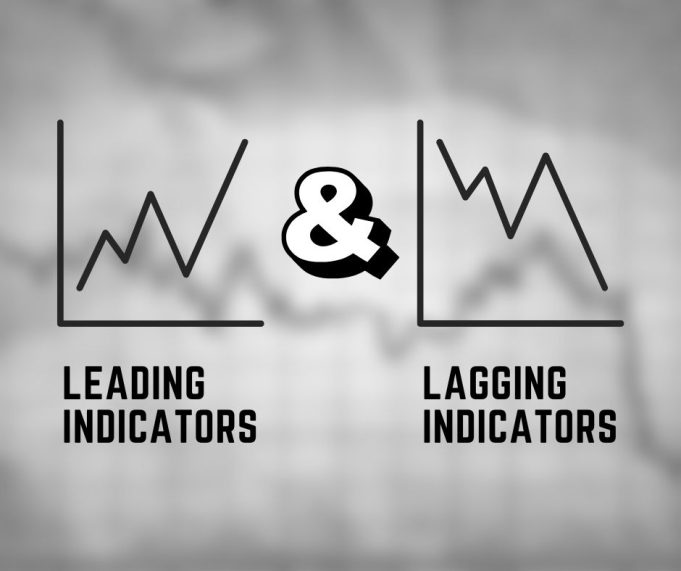Leading and lagging indicators are must-know tools for investors and financial analysts across all kinds of markets, from stocks and Forex to cryptocurrency. While leading indicators provide predictive signals ahead of an economic cycle or market trend, lagging indicators offer insights about past events. As such, both types of indicators have their uses, providing support for technical and macroeconomic analysis.
Generally speaking, leading indicators are used to predict potential recessions or recoveries and those changes in the short and mid-term. Building and construction permits are good examples of leading indicators, as they may signal future demand for labor and investments in real estate.
On the other hand, lagging indicators are employed to identify existing trends that are not immediately evident, being generally based on historical economic performance or previous price data. Examples of lagging indicators include unemployment and inflation rates, as well as Gross Domestic Product (GDP), which can be considered a lagging index in some contexts.
Coincident indicators are also worth mentioning here, although they are less popular in the cryptocurrency market. This kind of index signals information about the real-time economic situation, such as with working hours and production rates.
In technical analysis circles, leading and lagging indicators have a long history that goes back to the early decades of the 20th century and Dow Theory. TA indicators provide predictive information about markets and are commonly used for short and mid-term analyses. Leading indicators are based on market prices and trading volume, with examples being the Relative Strength Index (RSI) or the Stochastic RSI. Meanwhile, lagging indicators such as moving averages generate signals based on a trend that has already been established.
Besides their use in technical analysis, indicators are also invaluable tools in macroeconomic studies. Retails sales, housing prices, manufacturing activity levels, and inflation are just some of the leading indicators employed by financial experts to assess the country’s performance in comparison to past years. At the same time, lagging indicators such as GDP and CPI are used to evaluate the development levels of different countries.
To sum up, understanding leading and lagging indicators is essential to any type of financial studies. As either coincident, leading, or lagging indicators, these tools can be used for technical analysis of market prices, as well as for macroeconomic comparison of different nations. In addition, they combine multiple concepts into a single instrument and facilitate the interpretation of complex data, helping investors, traders, and analysts to forecast potential recessions or recovery, and identify trends.













